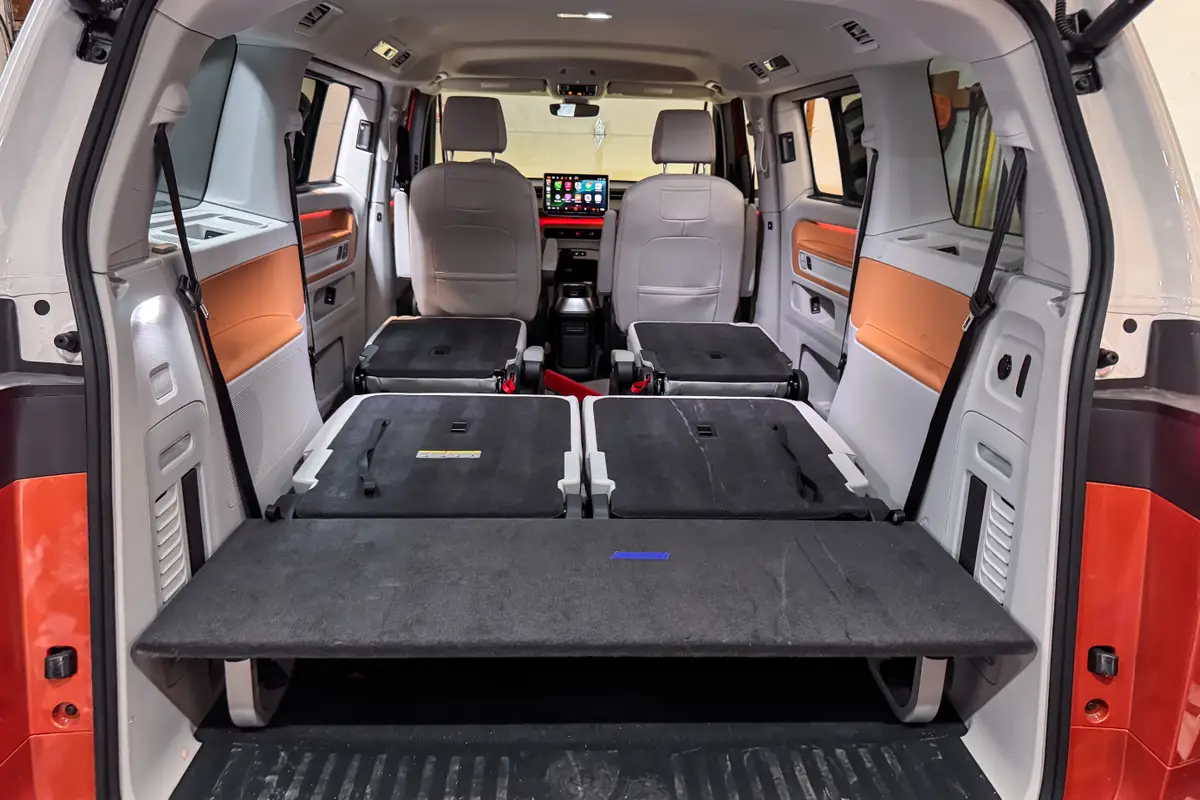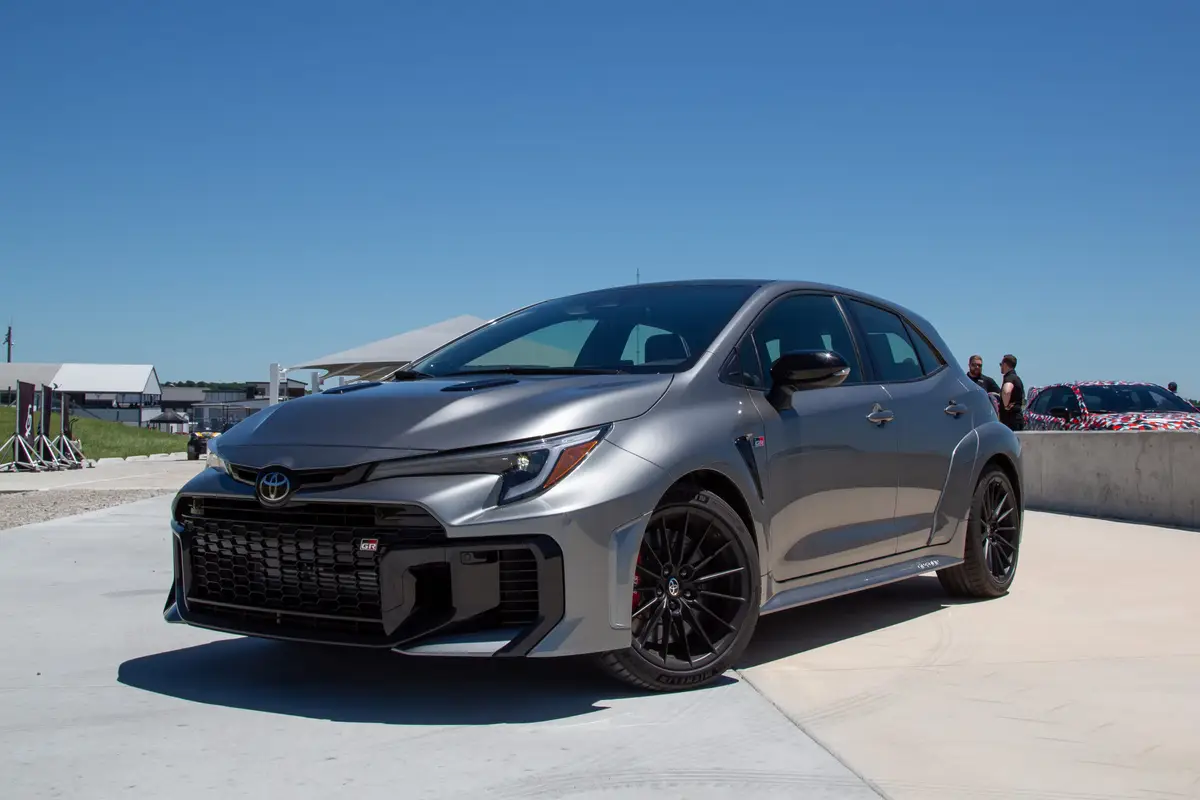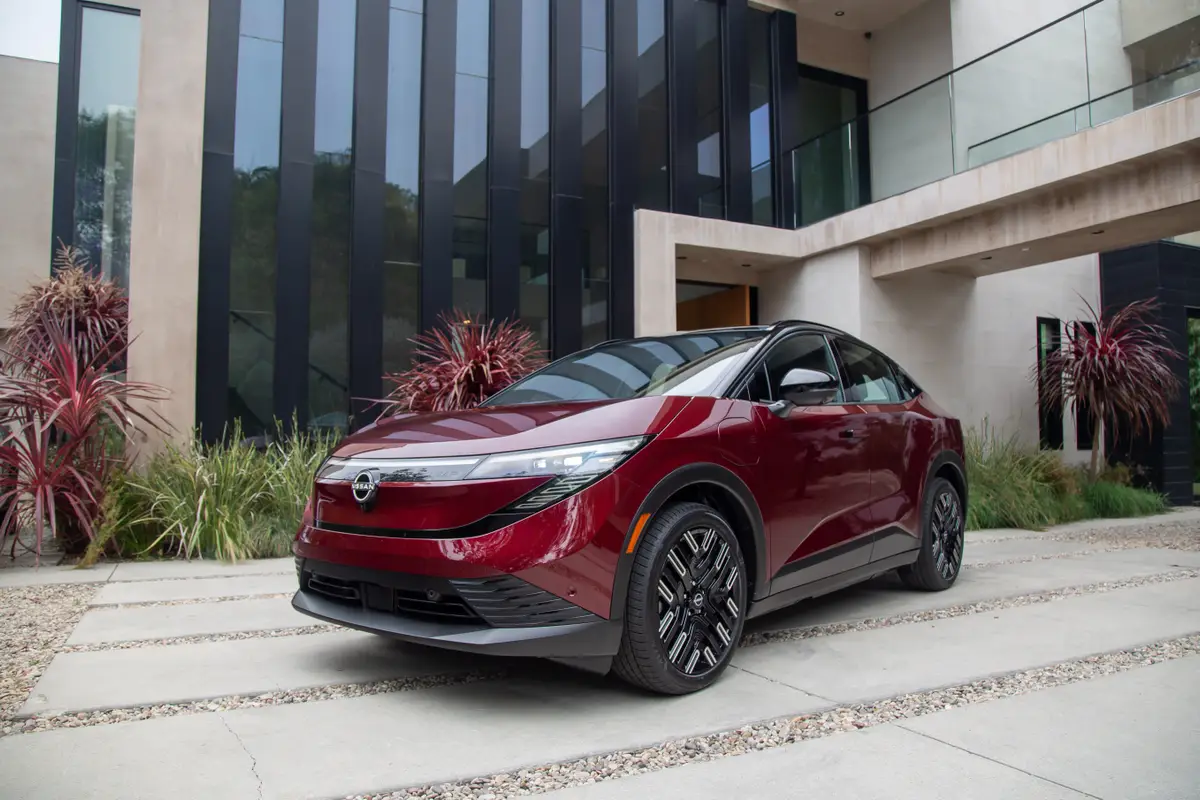Inventory of UAW Strike-Affected Models Is Shrinking as Shopper Awareness Grows


We are now just about six weeks into a strike by the United Auto Workers union against the Detroit Three automakers (Ford, GM and Stellantis), with the union intentionally bringing production to a halt at nine assembly plants. Some of the plants had been running overtime to build up an inventory buffer in anticipation of a strike and allow sales to continue uninterrupted in the hopes of a quick resolution. But over a month into the strike, Cars.com data are showing that inventory for some of these popular affected models is starting to dip considerably.
Related: How Does the United Auto Workers Union Strike Affect Shoppers?
Fewer Jeeps on Dealer Lots
Of the three automakers, Stellantis is seeing the most impact from the strike so far, with 9,225 fewer vehicles in dealer inventory as of Oct. 22 versus when the strike began on Sept. 15.
The company ran overtime at the Jeep Toledo, Ohio, assembly facility in August to try and build a buffer for the popular Wrangler SUV and Gladiator pickup truck, and that had helped temper the percentage drops somewhat, but that buffer is quietly disappearing. The gas-powered Wrangler has seen inventory fall 27.6%, while the hybrid Wrangler 4xe has seen stock decline by 7.5%. The Gladiator has seen a decline of 13.9% over the period.
GM Also Sees Big Drops
Since the start of the strike last month, GM is also seeing a large impact to its dealer inventories, with 10,257 fewer vehicles on lots.
Inventory of the Chevrolet Colorado and GMC Canyon has seen big dips during the past three weeks. Dealer stock has dipped by half for the popular pickups, with the Colorado’s inventory down 57.2% and the Canyon’s down 47.0%. Meanwhile, the Chevy Express and GMC Savana, large traditional vans primarily sold to commercial fleet buyers, have not been materially impacted.
GM has also seen stocks of the Cadillac XT4 drop by 38.5% and the Chevrolet Malibu sedan decline by 28.8%. Both are made in a Fairfax, Kan., assembly plant that has been shut down by GM due to lack of parts but is not a direct strike target of the UAW. The Chevy Traverse and Buick Enclave still have a solid supply on hand, with the Chevy holding steady with a minor 15.1% drop and the Buick flat with a mere 0.7% decline. The plant the two SUVs are built at was a later strike target, so dealers have not yet felt a significant supply constraint.
The UAW has also announced that the Arlington Assembly plant in Texas is to be idled, which means our next update will also look at the Chevrolet Tahoe and Suburban, GMC Yukon and Yukon XL, and Cadillac Escalade inventory.
Fewer Broncos and Rangers, Plenty of Explorers and Big Trucks
Over at Ford, three plants are idle, but only one is affecting dealer inventory so far. Since the strike began, Ford shows an overall increase of 2,907 vehicles on dealer lots, with lower stocks of Bronco and Ranger models offset by increased inventory of Super Duty pickups, as well as Expedition, Explorer and Lincoln Navigator and Aviator SUVs.
The Ranger has seen the largest percentage drop of 50.1% versus the beginning of the strike, while the newer Bronco is down just 20.0%. It is unclear, however, if the Ranger’s drop is due entirely to the strike effect or if Ford also planned to lower inventory in preparation for the arrival of an all-new Ranger in a few months. Fewer than 1,800 Rangers were in dealer inventories when the strike began, which has dropped to just 872 on hand as of Oct. 22.
The more recently idled Chicago Assembly has not impacted inventory of the Explorer or Aviator just yet; both Explorer and Aviator have seen inventory actually grow by more than 15% since the plant was idled. A similar situation is happening with the Kentucky Truck plant, where Ford makes its most profitable vehicles, the Super Duty HD pickup and Ford Expedition and Lincoln Navigator SUVs. Super Duty inventory is actually up 1.9% overall, while the Expedition is seeing an 9.1% bump and Navigator is up 17.5% from Sep. 15. The Kentucky Truck plant has only been down two weeks as of this update, so the pipeline to dealers has not yet been visibly impacted.
More From Cars.com:
- How Long Will the Vehicle Inventory Shortage Last?
- Inventory Shortage Leaves Little Room for Haggling; Here Are 5 Other Ways to Save on Your Car Purchase
- More Ford News
- More GM News
- More Stellantis News
- More Car-Buying Advice
Consumers Are Becoming More Strike Aware
The big question is how consumers are reacting to news of the UAW strike, whether they’re even aware of it and how it might be affecting shopping behavior. A recent Cars.com survey shows that 71% of respondents are indeed aware of the strike. Fifteen percent said that the strike has made them now consider a Detroit Three brand, while 8% said they no longer are. As for whether the strike is impacting timelines for car shoppers, 14% said they are holding off on a purchase until the strike is resolved, but 11% said that they are expediting their plans.
Behavior among shoppers as to brand preference also seems to follow union affiliations. Thirty-one percent of shoppers who claimed a union affiliation said they are now considering UAW-represented brands as a way to show union solidarity, which is not unexpected coming from other union members or those with family members in the union. What is surprising is the result of 42% of union-affiliated shoppers showing inclinations toward foreign brands, none of which are UAW-represented (but many of which have unions in home countries).
So far, any change to buying behavior doesn’t seem to have shown up in sales figures, with searches still increasing and monthly sales being reported as strong as ever, but automakers are now reporting significant impact to third-quarter earnings, as automakers typically book revenue on a vehicle as soon as it’s built, not when it’s sold. Consumer prices have not reflected any union strike impact as the broader market has thus far been generally unaffected by the strike, and even at the affected automakers themselves, the impacted inventory is not yet significant. That may change as more high-profit truck plants become the targets of the UAW; already the union has idled several of those plants, but there are still more that can be targeted. There are still plenty of choices for shoppers looking for new cars, further suggesting that the impact of the UAW strike on consumers’ new-vehicle buying habits will be negligible for the foreseeable future.
Cars.com’s Editorial department is your source for automotive news and reviews. In line with Cars.com’s long-standing ethics policy, editors and reviewers don’t accept gifts or free trips from automakers. The Editorial department is independent of Cars.com’s advertising, sales and sponsored content departments.

Detroit Bureau Chief Aaron Bragman has had over 25 years of experience in the auto industry as a journalist, analyst, purchasing agent and program manager. Bragman grew up around his father’s classic Triumph sports cars (which were all sold and gone when he turned 16, much to his frustration) and comes from a Detroit family where cars put food on tables as much as smiles on faces. Today, he’s a member of the Automotive Press Association and the Midwest Automotive Media Association. His pronouns are he/him, but his adjectives are fat/sassy.
Featured stories




